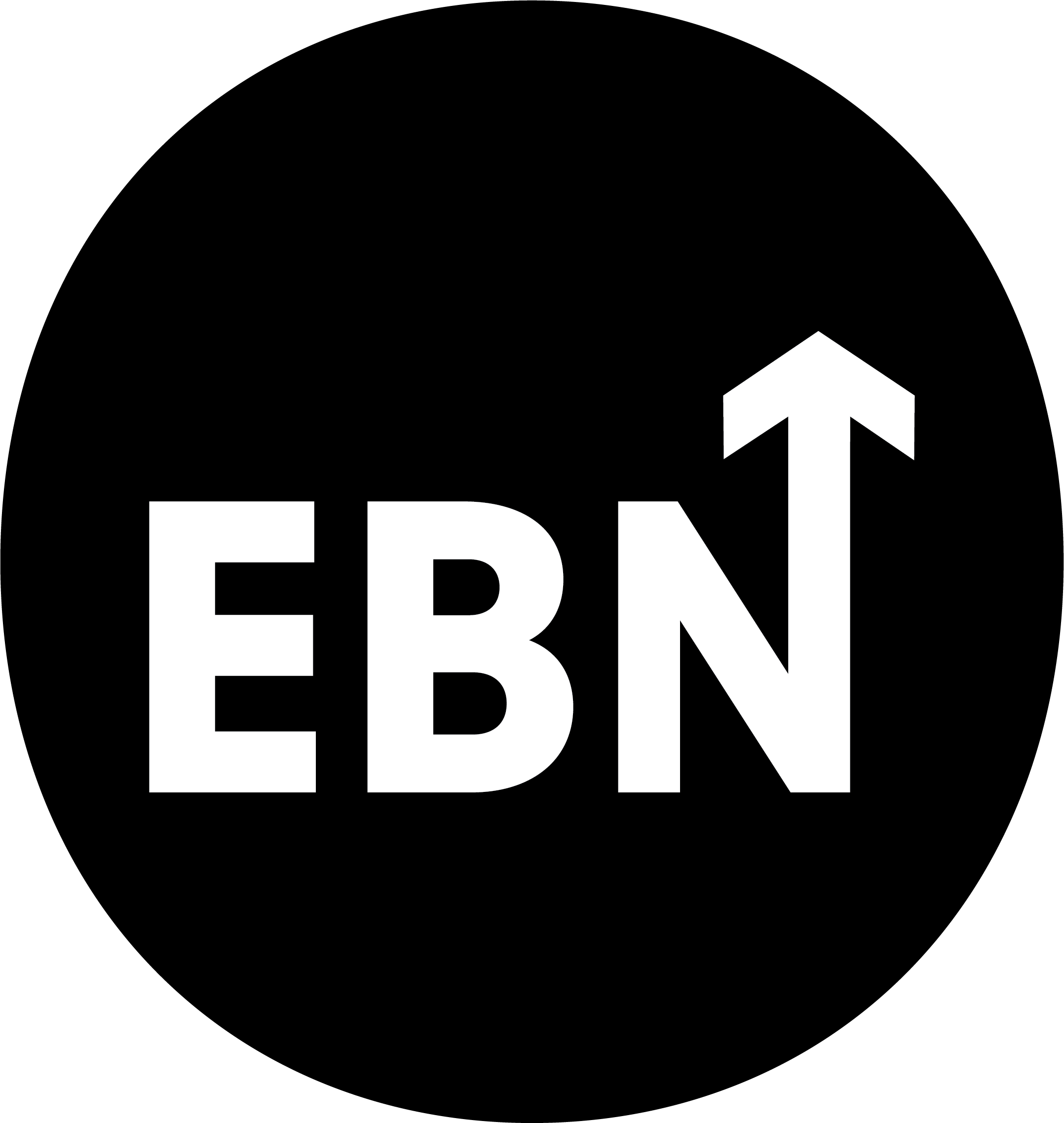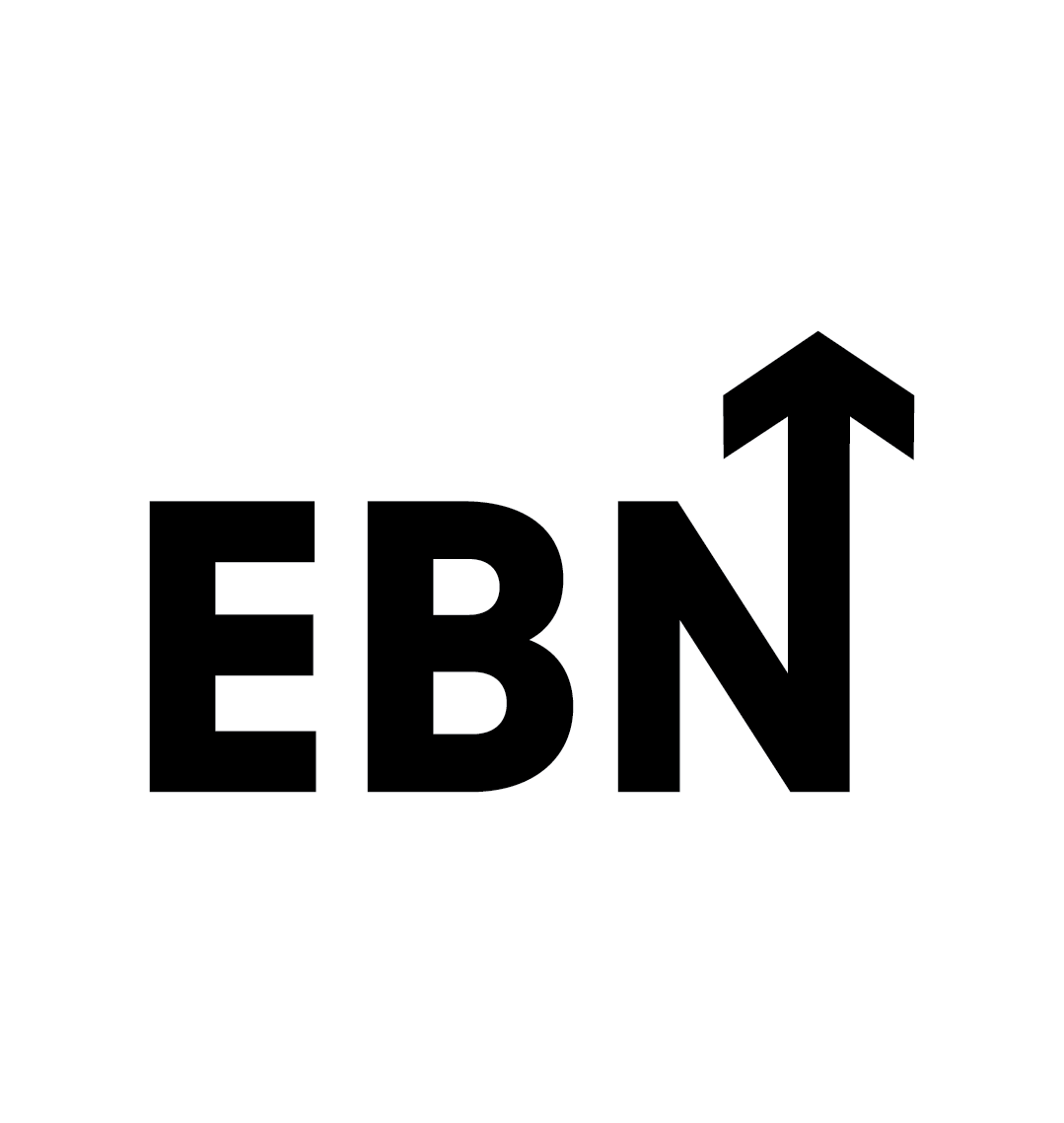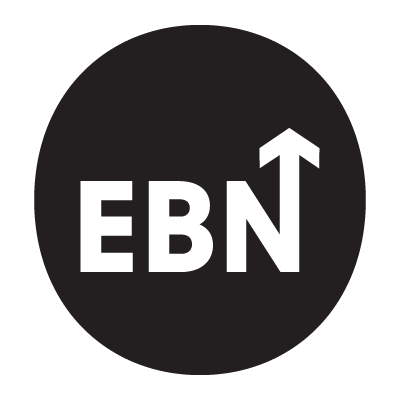Employer branding in 2025 is less about glossy career videos and more about surviving the algorithm wars. AI, DEI, ESG, and EGC aren’t just acronyms—they’re now your talent pipeline strategy. Ignore them at your peril.
Too often, employer branding has lagged behind consumer marketing in sophistication. But with talent markets evolving and AI rewriting how candidates discover information, EB leaders must adapt or risk irrelevance. Candidates are smarter, platforms are noisier, and leaders are under pressure to prove ROI. The rules of the game have changed.
Momentum isn’t always progress, especially when you always end up back where you started.
Fathom helps you escape the loop. With insight, not intuition.
Best-Fit Recommendation
Employer branding teams that will thrive in 2025 are those that integrate technology, culture, and proof. The winners use AI-ready content, employee-led storytelling, and measurable DEI and ESG actions to earn trust while adapting to local markets. This isn’t theory, it’s backed by LinkedIn, Edelman, and Glassdoor research.
8 Key Trends
1. AI-Optimised Brand Content
Employer branding content is increasingly being structured for AI summarisation in search results and recruitment tools. Schema, clear headings, and concise answers improve visibility in AI-driven candidate research. This is often referred to at GEO, or Generative Engine Optimization.
2. Skills-Based Employer Branding
Campaigns focus on skills development opportunities rather than job titles, appealing to talent seeking long-term career growth. This signals a move away from the more traditional qualifications or experience focused hiring we’re accustomed to. It’s more about what you CAN do, rather than what you have done, or tried, in the past.
Helping HR, talent acquisition, employer branding, and company culture professionals find careers worth smiling about.
3. Data-Driven EB Measurement
Organisations are investing in more sophisticated measurement tools, linking EB metrics to recruitment ROI and retention rates. Although not new, this has been the domain of the larger more sophisticated employers in the past, but this is now changing.
4. Executive-Led Storytelling
Leaders play a bigger role in an organisations brand, and are now more commonly using channels like LinkedIn to humanise the brand and connect with niche talent pools. With the realisation that leaders can’t remain anonymous where employer brands are concerned, this is a trend gathering pace in 2025.
5. Regional Differentiation Within Global Narratives
Global EB strategies are adapted for regional values, laws, and economic realities, especially in APAC, Europe, and the US. As employer brands grow in sophistication, localisation and regional optimisation follows.
6. Authentic DEI Messaging
Post-backlash, DEI storytelling focuses on evidence and progress rather than broad statements or token gestures, with measurable commitments at the core. Brands are moving from stating to demonstrating in order to prove their commitment and credibility.
7. Employee-Generated Content (EGC) as Primary Source
Brands are shifting budgets from studio style campaigns to scalable employee-created video, audio, and photo content. This has been made much easier thanks to a new slew of AI powered tools that enable UGC at scale and greater tracking and measurement.

8. Purpose & ESG Integration
Sustainability and social impact are embedding deeper into employer brands, not as add-ons but as core value propositions that influence candidate decisions. Like with DEI, employers brands are moving away from hollow statements and commitments to a more evidence-based approach.
Skeptics will say these trends are resource-heavy. But the cost of inaction is higher: diminished visibility, poor candidate fit, and declining trust. Adaptation is no longer optional.
Actionable Insights
- Add schema markup and FAQs to your careers site to prepare for AI search.
- Audit messaging to shift focus from titles to skills and development pathways.
- Invest in analytics linking EB to recruitment and retention KPIs.
- Train executives to communicate authentically on public platforms.
- Localise global EB strategies for regional compliance and resonance.
- Showcase DEI and ESG with evidence, not slogans.
- Reallocate campaign spend toward scalable employee-generated content.
2025 is the year employer branding stops being a side project and becomes a core business driver. AI is shaping discoverability, skills define attraction, and authenticity underpins trust. The question isn’t whether you can afford to adopt these trends. It’s whether you can afford not to.
Takeaways
Q: How do you prepare EB content for AI search results?
Structure content with clear, direct answers, use schema markup, and include authoritative outbound links to increase credibility.
Q: Which trend has the fastest ROI potential?
Data-driven EB measurement, linking brand impact to recruitment and retention metrics often yields budget wins within 6–12 months.
Q3: How does skills-based branding change recruitment?
It broadens talent pools, attracting candidates motivated by growth potential.
Q4: What’s the role of executives in EB?
Leaders now act as storytellers, using LinkedIn and other platforms to humanise the brand.
Q5: Why does regional adaptation matter?
Compliance, cultural nuance, and resonance. One global story, many local versions.
Q6: How should DEI be communicated in 2025?
Through evidence and measurable commitments, not generic statements.
Q7: Is employee-generated content replacing traditional campaigns?
Not entirely, but it’s becoming the primary and most trusted content source.
Sources
| Source | Link |
|---|---|
| LinkedIn – Global Talent Trends 2025 | View report | Download PDF |
| Edelman – Trust Barometer 2025 | View report | Full report |
| Glassdoor – Economic Research (Worklife Trends 2025) | Explore trends | Midyear insights |






